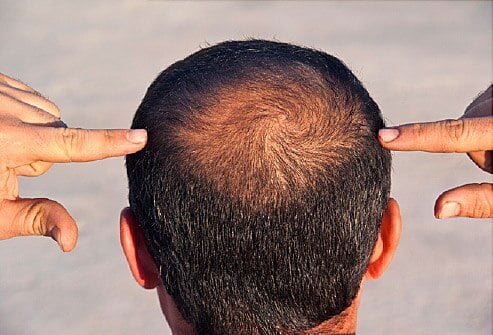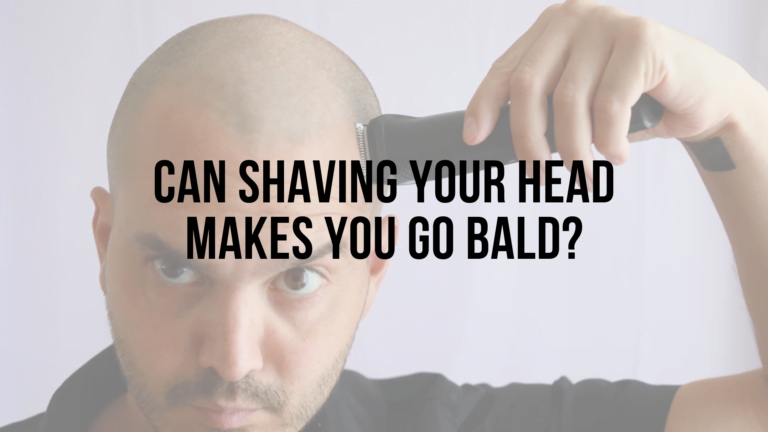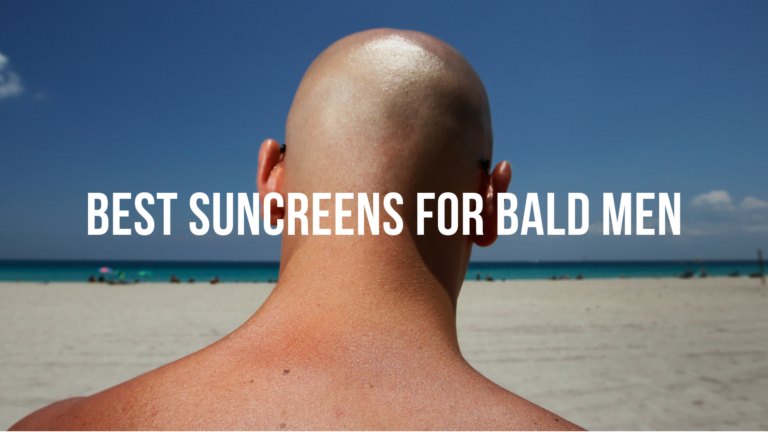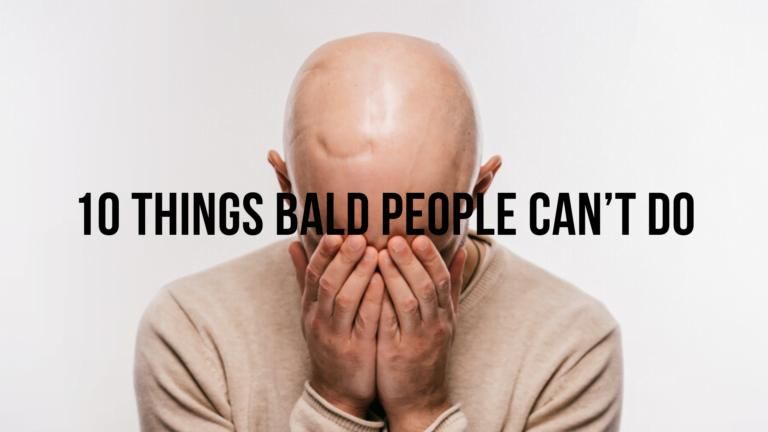Vertex baldness, also known as male pattern baldness, is a common form of progressive hair loss that occurs in men. It is characterized by a receding hairline and thinning of hair on the crown of the head, leading to a bald spot or patch.
While hair loss is normal as people age, vertex baldness is caused primarily by genetics and hormonal changes.
What Causes Vertex Baldness?
Vertex baldness is linked to dihydrotestosterone (DHT), a hormone that is converted from testosterone with the help of an enzyme called 5-alpha reductase. DHT causes the hair follicles on the scalp to shrink, resulting in shorter, finer hairs. Eventually the follicle stops producing hair altogether.
Genetics play a major role as well. If your maternal or paternal grandfather experienced severe vertex baldness, you have a higher chance of experiencing it too. The gene can be passed down for generations before it manifests in an unlucky recipient.
In addition to genetics and DHT, other factors like stress, smoking, and illnesses may exacerbate vertex baldness. The natural aging process can also play a role, as hair follicles shrink over time.
Identifying Vertex Baldness
Vertex baldness can start as early as puberty or the late teens. It is identified by a receding hairline, especially at the temples and crown.
Eventually the thinning spot spreads, leaving an “M” shaped patch of hair loss at the top of the head. For some men the vertex bald spot increases in size over time until the entire top of the head is bald.
Typically the sides and back of the scalp are not affected. Vertex baldness also does not cause complete hair loss. Men are left with a frame of hair around the sides and back of the head, along with thinning hair on top.

Treatments for Vertex Baldness
While vertex baldness is largely genetic, there are medical treatments that can help slow or reverse hair loss:
- Finasteride – This prescription medication blocks DHT production to stop androgens from damaging hair follicles.
- Minoxidil – Available over the counter, this topical solution helps regrow hair by increasing blood flow to the scalp.
- Low level laser therapy – Wearable lasers like the iGrow helmet stimulate cellular activity in follicles.
- Hair transplant – Hair from the sides and back is redistributed to the thinning spots on top.
Making lifestyle changes like eating a balanced diet, reducing stress, and quitting smoking may also help slow genetic hair loss. Ultimately learning to accept and embrace your natural hair is important for self-confidence.
Conclusion
Vertex baldness is a common experience for men that can significantly impact self-image and confidence. Understanding what causes it and the available treatments allows men to take control and proactively address changes in their hair.






